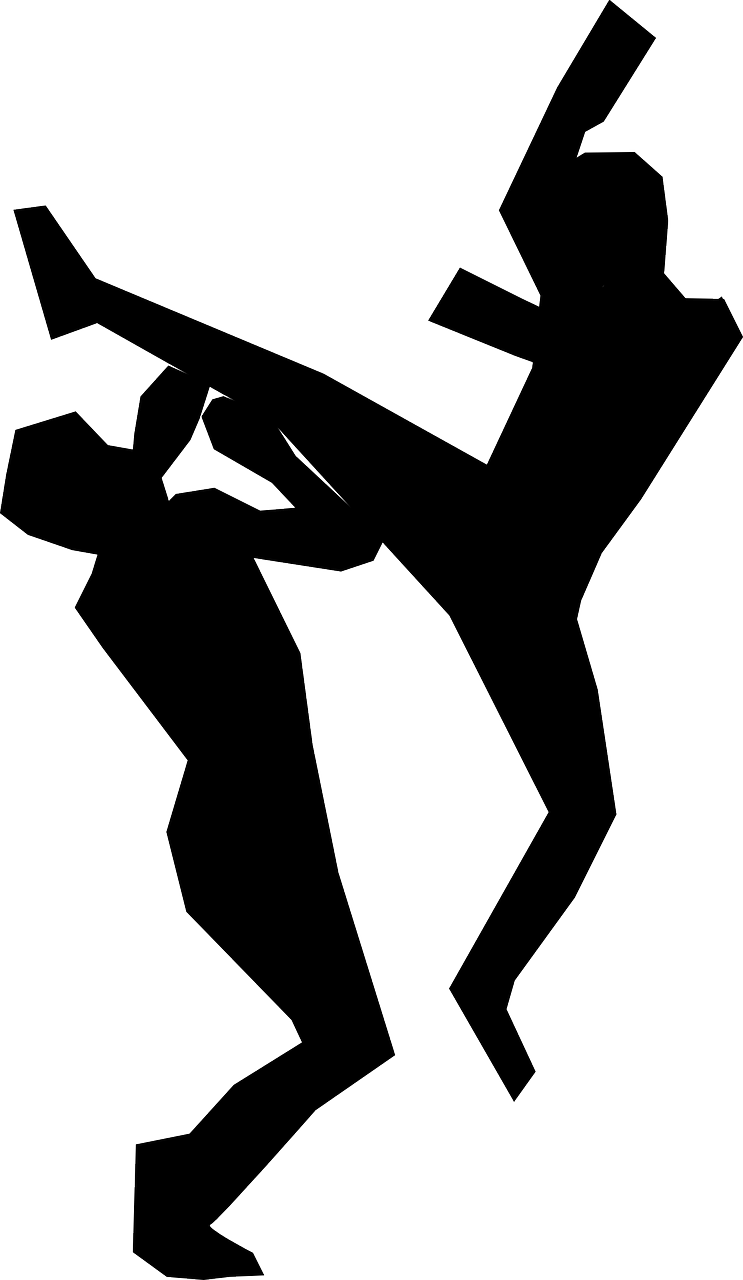
In this article, part of our series on martial arts around the world, we will focus on capoeira or the dancing Brazilian martial art. Capoeira is such as unique and distinctive martial art that it can never be mistaken for another.
We were curious as to how it originated and how it was developed, and we found some very interesting things about it. We wanted to share them with you and we hope you enjoy reading this overview of capoeira.
The History of Capoeira
Capoeira dates back to the Brazilian colonial period. The roots of capoeira are in fact very tragic. Capoeira was invented by African slaves living in Brazil as a means of defense. It’s estimated that 40% of the Africans captured and sold during the Transatlantic Slave Trade ended up in Brazil; the highest number of any slave-holding countries.
It’s believed that capoeira emerged in the 16th century around the same time that the African slaves were brought to the Portuguese colony of Brazil. Some scholars argue that capoeira was inspired by the Angolan ritual combat called “Engolo” and that it thus originated from Angolan slaves.
Capoeira had a practical application and it was borne out of necessity. Slaves could obviously not own weapons, so they needed a way to defend themselves against other people, most usually the European ruling class.
Capoeira was especially necessary for fugitive slaves who were navigating the unknown Brazilian lands. The name itself “capoeira” comes from the Tupi words (the language spoken by one indigenous Brazilian tribe) “ka’a” (forest) and “paũ” (round), which stand for the areas in Brazil where slaves would hide.
The growing number of fugitive slaves eventually allowed for settlements to develop. While they were mostly populated by free black people and escaped slaves, there were also Europeans who hid to evade the law. The practice of capoeira flourished in these settlements, called quilombos. There, it evolved from a survival method into a martial art used for combat.
Meanwhile, as the country was entering industrialization and urbanization, many slaves were sent to the city with their masters. Unlike slaves in the US, Brazilian slaves were allowed to leave their masters’ property in order to look for extra work. This allowed them some free time, which could be used to practice capoeira.
Around the mid-19th century, the authorities took notice of capoeira and tried to suppress its practice across the land as they were fearful of slaves rebellions. The authorities began jailing people found to be practicing capoeira and even publicly executed some of them.
Slavery was officially abolished on May 13, 1888, but ex-slaves still struggled to make it in Brazil. Some used their capoeira skills and became bodyguards who were used by warlords. After a bunch of raids, Brazil formally prohibited capoeira in 1890.
Capoeira teachers sought to change the public’s perception of it and the martial art experienced many changes in the early 20th century, which changed its status into a self-defense technique.
Professor Mario Aleixo was among these capoeira practitioners who wanted to change and formalize capoeira, along with Anibal “Zuma” Burlamaqui who published Ginástica nacional, Capoeiragem metodizada e regrade, the practical guidelines of capoeira. This new capoeira drew inspiration from judo and wrestling in order to turn it into a “proper” martial art”.
Mestre Bimba practiced traditional capoeira, but also incorporated techniques from other martial arts just like Professor Aleixo and Zuma. Bimba founded the first capoeira school in 1932, although the martial art remained illegal until 1940. Fortunately, despite the many changes to capoeira, the original style still exists today and it’s known as Capoeira Angola, noting its roots.
Practicing Capoeira

Capoeira is perhaps the only (or one of the few) martial arts that is accompanied by music. The reason for that is pragmatic; slaves who practiced capoeira played music during their practice to hide its martial nature. Music is still played today and it sets the tempo of the match.
There are many techniques associated with capoeira, so we can’t go into much detail, but we will give you some of the main ones:
- Ginga (swinging)
- Cadeira (low squat)
- Aú (cartwheel)
- Balanço (feint)
- Bananeira (handstand)
- Macaco (back handspring)
- Negativa (negating an attack)
- Rolê (rolling)
- Troca de Pé (changing a foot)
- Ponte (bridge)
- Esquiva (dodge)
- Armada (reverse roadhouse kick)
- Bênção (frontal push kick)
- Chapa (frontal kick with the sole/heel)
- Asfixiante (straight punch)
- Cotovelada (elbow punch)
- Arpão de Cabeça (full body headbutt)
Capoeira is famous for its speed and the diverse techniques, some of which you can see above. The focus is on the lower body, but the upper body is also used to assist these attacks and sometimes deliver attacks as well, although punches are considered aggressive and are uncommon.
The goal of capoeira is to never break the rhythm and for the movements to flow into one another, giving it a dance like quality, especially combined with the beautiful music in the background. It’s always exciting to spectate capoeira matches because they offer many twists and turns due to the richness of capoeira techniques.